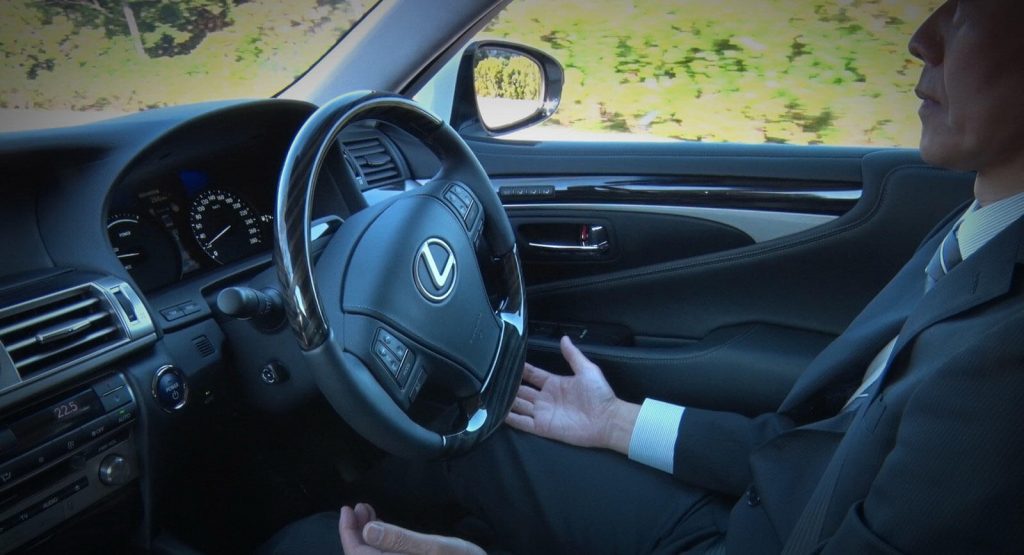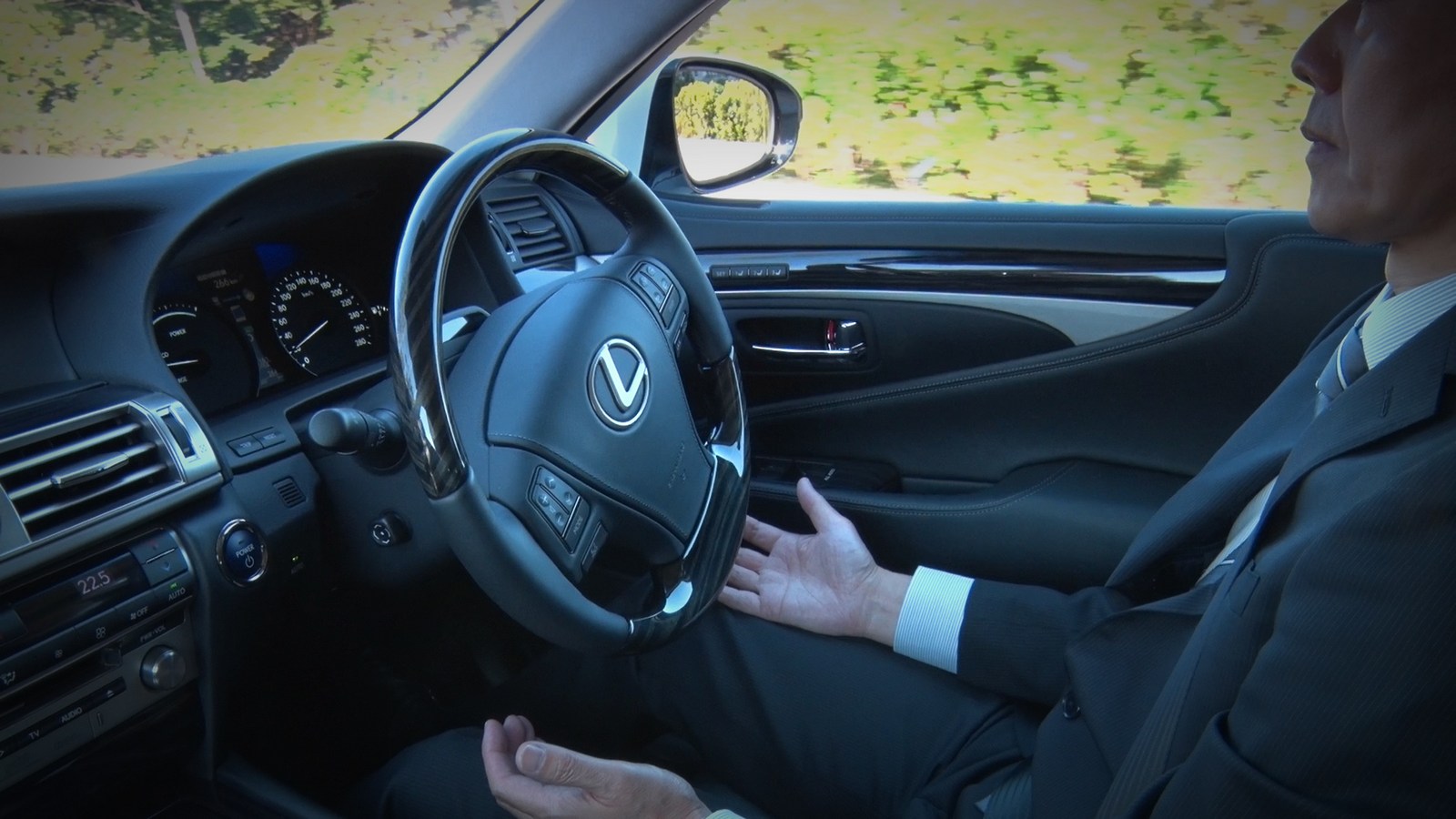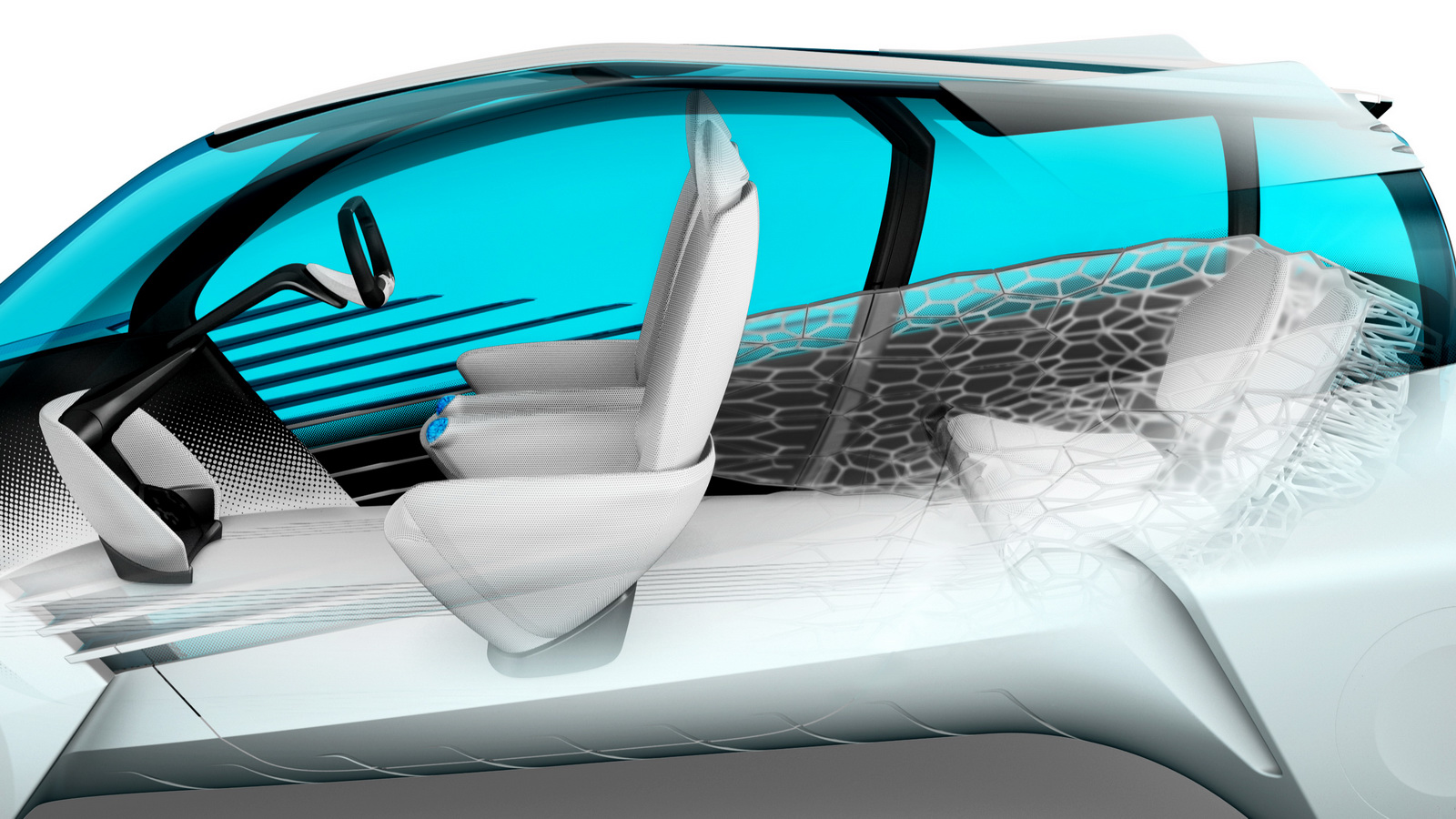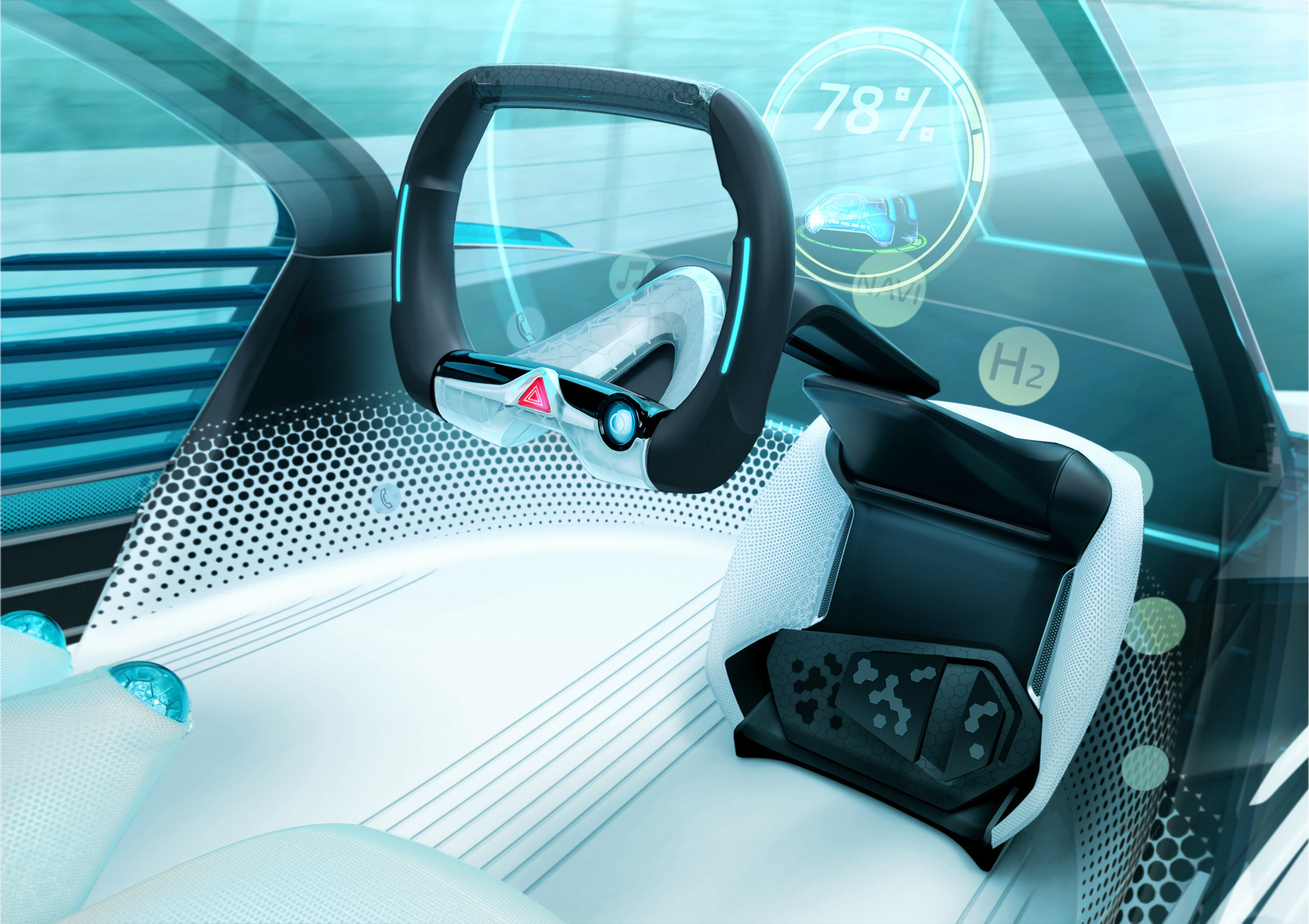While automakers have been studying accidents and performing crash tests with dummies inside for decades, only recently have they begun exploring what happens to the human body inside autonomous vehicles.
The reason why this is a different issue compared to your run-of-the-mill car crash is because in a self-driving vehicle, the occupants might not be aware of what’s about to happen and so they might not be able to brace themselves.
In other words, checking your e-mail, watching TV or even sleeping aren’t positions you want to be in right before a crash, thus occupants of self-driving cars might need a wide range of new safety technologies in order to stay safe.
Toyota just completed its biggest in-depth study of the matter, chronicling the body movements of people in simulated near crashes of autonomous vehicles, reports Automotive News. Unfortunately, a lot more research is needed into the matter – was the conclusion of the test.
“We want to be able to offer improved technologies, based on what new postures might be present in a vehicle equipped with automated crash avoidance technologies,” stated Jason Hallman, the engineer who led the one-year study.
“All we have is this hypothesis that maybe the posture would be different. We can’t make any new technology or new design without knowing conclusively what we should be designing to,” he said. “But we don’t know what that posture might be.”
Toyota ran this study on 87 volunteers at the University of Michigan’s Mcity autonomous driving testing ground in Ann Arbor – from 2016 through 2017. Its full findings will be released in October at a conference of the Association for the Advancement of Automotive Medicine.
Apparently, these volunteers spanned a wide range of body sizes and were put through a regimen of extreme evasive safety maneuvers like sudden lane changes and severe braking. Hallman’s team couldn’t find a pattern in the way people’s bodies reacted under these conditions.
“We found a large variation,” added Hallman. “Before this, everyone had assumed we had kind of figured it out, that we actually knew, or we could predict where you’d be in the seat.”
In the future, the Japanese automaker could look into zero-gravity seats “that can twist in different angles and have footrests so that you’re in a La-Z-Boy in your car.”






